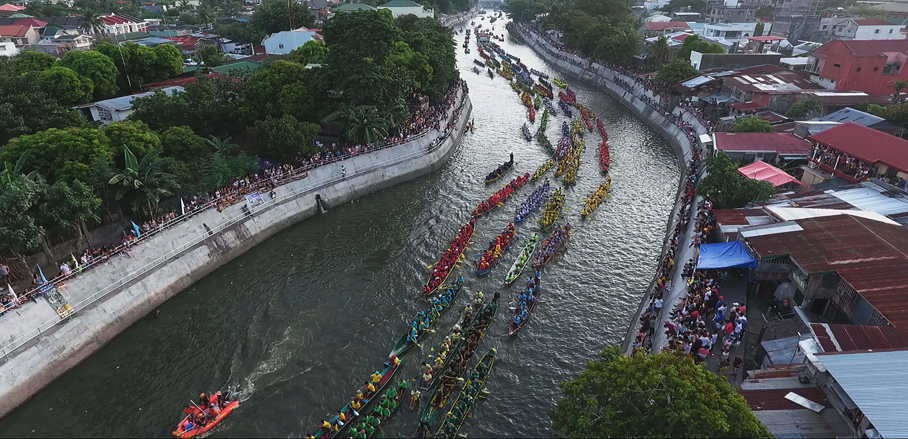Investing in Asia’s Urban Future
by Claudia Hermes, Veronika Neumeier and Analyn Rubenecia
Asia is one of the regions of the world that is experiencing extremely rapid urbanisation. The Cities Development Initiative for Asia (CDIA) has recently launched a photobook in which case studies of four cities – Naga (Philippines), Pimpri (India), Islamabad (Pakistan) and Tangerang (Indonesia) – illustrate innovative ways to tackle issues in key sectors such as flood and drainage management, water supply, transport and waste management.
Asia is rapidly transforming into an urban society. Over the next 20 years, Asian cities must be ready to provide infrastructure and services to an expected one billion additional people. To ensure that cities remain engines of growth and contribute to achieving the Sustainable Development Goals, they require assistance in planning, financing, implementing, and maintaining their infrastructure. Understanding this challenge, the Cities Development Initiative for Asia (CDIA) works directly with medium-sized Asian cities to bridge the gap between their development plans and the implementation of their infrastructure investment projects.
CDIA has worked with 117 cities across 18 Asian countries in providing the much needed infrastructure and services for their rapidly growing population, working in the sectors of urban transport, flood and drainage management, waste water management, solid waste management, urban renewal, water supply, energy efficiency, slum upgrading and social infrastructure. To tell how Asian cities, with help from CDIA are taking steps towards sustainable urban development, CDIA published the photobook titled, “Investing in Asia’s Urban Future.”
Integrated Naga River Revitalisation
The photobook features stories from four cities, one of them is the City of Naga in the Philippines. The Naga River used to be polluted and unsafe, and frequent flooding occurred due to the outfall of the drainage system. In 2012, CDIA brought in the technical experts for the conduct of the pre-feasibility study (PFS), which sought to develop an integrated flood management programme. CDIA’s PFS thereafter influenced the city’s investment and development decisions; and it was elemental in securing USD 14.48 million worth of investment from the National Government for the said project.
After 2012, the City of Naga has set up a massive investment programme for dredging and concreting of riverbanks to prevent flooding. It has likewise rehabilitated several kilometres of river walk to attract tourists and enhance commercial activities; piloted the river transport to ease land traffic and provide a cheaper and alternative mode of transport; and enhanced its solid waste Management.
Since then, more than 20,000 households, 40 per cent of which are poor, are already benefiting from the flood protection and mitigation project implemented by the Naga City government. Additionally, the project was able to create 26,000 jobs, and helped to relocate 200 households to a safer place, that used to suffer from flooding along the Naga River.
Indeed, Naga City provides a good example of how Asian cities could drive sustainable development at the local level. This prompted the Federal Ministry for Economic Cooperation and Development (BMZ) in Germany to produce a short film on the impact of CDIA’s activities in Naga. The photobook echoes the support of CDIA to the tremendous efforts made by Asian cities in providing the much needed infrastructure and services for their people. “We are hopeful that the book would serve as a great source of inspiration and innovative responses for other cities in Asia in achieving sustainable development for their people,” said Mrs Claudia Hermes, CDIA-GIZ Programme Coordinator.
- “Cities are the future driving force in Asia” - 21. July 2016
